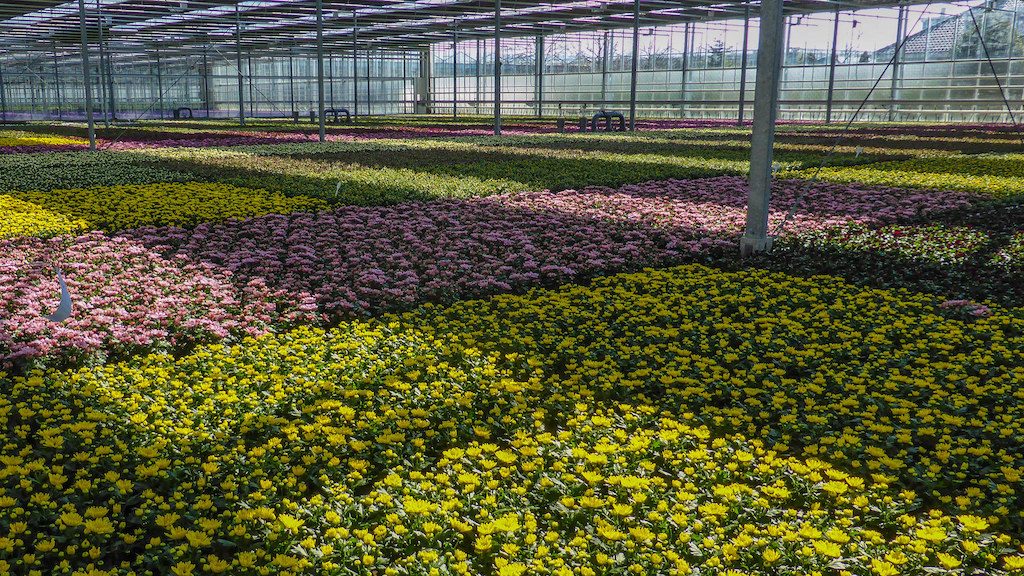Association of Geothermal Operators highlights role of geothermal for Netherlands
In an open letter to the Minister of Economic Affairs and Climate in the Netherlands, DAGO (the Dutch Association of Geothermal Operators, the sector association of geothermal projects in the Netherlands) describes a higher potential and greater role for geothermal in the Netherlands than predictions by the ministry.
In an open letter to the Minister of Economic Affairs and Climate in the Netherlands, DAGO (Dutch Association Geothermal Operators, the sector association of geothermal projects in the Netherlands) responds to a letter that the Minister sent to the House of Representatives on 8 February, in which he indicated how the government wants to strengthen and accelerate the development of geothermal energy in the Netherlands. The trade association considers a growth to 50 PJ in 2030 feasible, which corresponds to approximately 175 doublets and 2.9 Mton CO2 savings. That is more than the threefold of what Wiebes mentions in his policy letter.
DAGO sees opportunities for a substantial contribution of geothermal energy to the energy transition, for which a Climate and Energy Agreement to be drawn up can provide the necessary stimulus. The Netherlands currently has 15 operational geothermal installations that generate 3 PJ per year of heat and thus save 175 kton of CO2. In 2018, 5 new plants are expected to be put into operation. In the next 2 years probably at least 11 new doublets will be drilled. The branch organization considers a growth to 50 PJ in 2030 feasible, which corresponds to approximately 175 doublets and 2.9 Mton CO2 savings. In 2050, with the current insights, a contribution of 200 PJ and a saving of 11.6 Mton CO2 can be envisaged.
Actions desired
In order to make the expansion in the contribution of geothermal energy possible, actions are desired from both the demand and supply side, according to DAGO. It is also important that the heat demand is organized, SDE + is appropriate, heat networks are rolled out and the legislation and regulations grow with practice. The branch organization also argues for smooth communication and handling of permits, improvement of affordability through a play-based portfolio approach and a cross-project area-based approach for both above and below ground. DAGO also asks for more customization with the guarantee scheme ‘Risks of geothermal energy’ (RNES).
Safety assurance
With a view to risk and safety, DAGO is pleased with Wiebes’ commitment that a number of safety measures will be made suitable for geothermal energy. The organization wants to include these measures in a complete DAGO management system. In recent months, all the DAGO care system has been implemented as standard by the operators. This care system includes a risk inventory and evaluation and describes the critical control measures. In addition, a standard methodology for seismic risk analysis is being developed that has been submitted for review to the Ministry of Economic Affairs and Climate and to the State Supervision of Mines. Together with the oil and gas industry, industry standards are being developed. In addition, a program is being developed to further increase safety awareness.
Source: AgriHolland, DAGO (full letter, in Dutch)


















